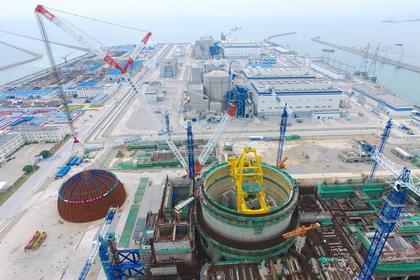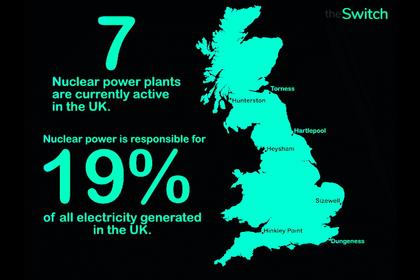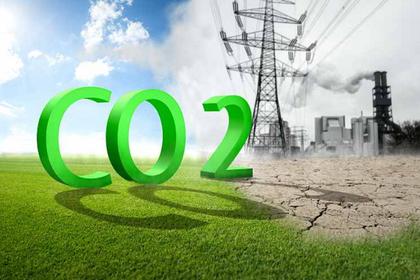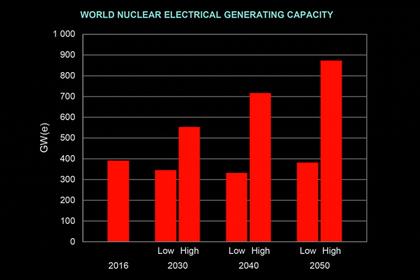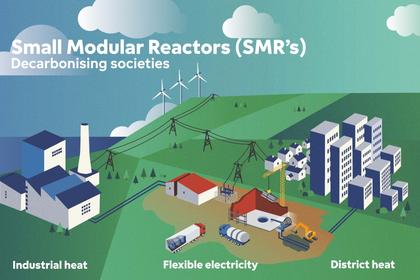
NUCLEAR ENERGY DEVELOPMENT
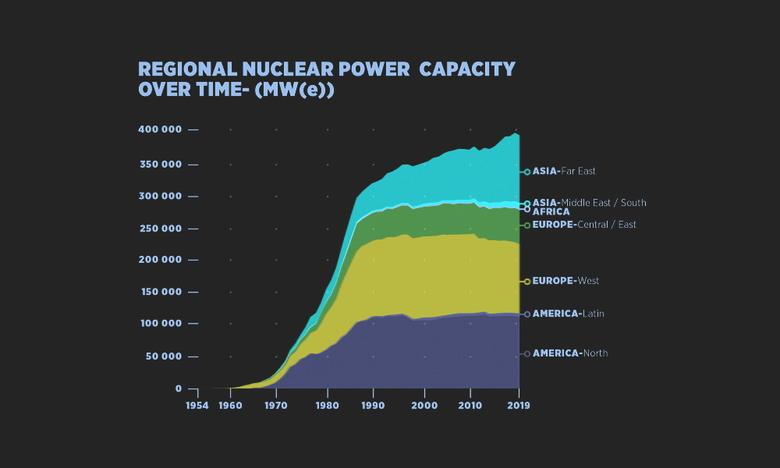
WNN - 08 September 2020 - Milestones achieved within a recent two-week period demonstrate what nuclear technology is all about, what it is doing and can do for humanity, Agneta Rising, World Nuclear Association director general, said ahead of the Association's Strategic eForum 2020.
"Recently, just two weeks showed the amazing potential of nuclear technology. From 20 July to 1 August we saw progress in construction and the start-up of reactors around the world; new nuclear research facilities offering the potential for advances in nuclear physics, waste management and medical treatments; steps being taken towards the start-up of fuel recycling facilities; and nuclear technology allowing us to explore new worlds.
On 20 July, the first of 163 nuclear fuel assemblies was loaded into unit 2 of the Leningrad II nuclear power plant, marking the beginning of the process towards start-up of the reactor. When it enters service the unit will become the fourth VVER-1200 in operation. Similar reactors are under construction in Bangladesh, Belarus, and Turkey, bringing nuclear generation to those countries for the very first time over the next four years.
On the same day in Belgium, researchers succeeded accelerating a proton beam for the first time through a radio frequency quadrupole (RFQ). The RFQ is a component of the particle accelerator that will drive the Myrrha sub-critical research reactor. This reactor will be used to demonstrate the concept of transmutation of long-lived radionuclides into shorter-lived elements; a process that one day may be used to treat nuclear waste. It will also produce radioisotopes for medicine. Used primarily for diagnosis, radioisotopes are used for tens of millions of medical procedures each year.
While the progress towards completion of Myrrha is welcome, much more is needed to realise the potential of advanced nuclear technologies. Again on 20 July, the International Atomic Energy Agency (IAEA) and the Generation IV International Forum (GIF) called for greater efforts to support the early deployment of innovative nuclear reactor systems to address climate change. The IAEA and GIF committed to more efforts to develop innovative reactors that could produce hydrogen and to work on the integration of nuclear systems with other low-carbon energy sources. Through this work, nuclear technology is not only providing its own benefits to society, but is also helping other climate-friendly generation become more effective.
A week later, on 27 July, the outer dome was placed on the second Hualong One reactor under construction at Fuqing, in China. As with Russia's VVER-1200, the Hualong One technology is being developed for both domestic and international markets, with two units currently under construction in Pakistan.
On the same day, China also produced a nuclear chain reaction at unit 5 of the Tianwan nuclear power plant in Jiangsu province. The ACPR1000 reactor would start supplying electricity to the grid just 12 days later, after a construction period taking only 55 months.
On the same day again, the ability of nuclear technology to help us explore other worlds was highlighted when the US Department of Energy's Idaho National Laboratory issued a Request for information for a nuclear reactor that would supply power to astronauts on the surface of the Moon. In due course the request could lead to the development of advanced reactors at INL that would not only be suitable for use on the Moon, but could also provide power to the first colonies on Mars.
Back on Earth, on 29 July the Rokkasho-mura reprocessing plant took an important step towards starting up, passing a rigorous safety review. When operational, the plant will help recycle used nuclear fuel, recovering the valuable fissile material and reducing waste volumes. With an operational life of 40 years, progress towards the start-up of the plant is a clear commitment to nuclear's long-term role in Japan's energy mix.
Nuclear technologies being used to explore the planets isn't just a dream for the future, it is a reality now. On 30 July, NASA's Perseverance Mars rover was successfully launched from Cape Canaveral. The car-sized rover, due to land on Mars in February next year, receives power from its Multi-Mission Radioisotope Thermoelectric Generator (MMRTG), a compact and reliable power source converting heat from a plutonium-238 source located at the back of the rover. Earlier Mars rovers combined solar power with radioisotope heat sources, but dust storms covering the panels and weak winter sun constrained and brought those missions to an end. Perseverance, like its sister rover Curiosity already on Mars, is entirely powered by nuclear technology, enabling a longer mission and more flexible operations.
Back on Earth, 1 August saw the start-up of the reactor at Barakah 1, the first unit to achieve a sustained chain reaction in the United Arab Emirates. The reactor would start supplying electricity two and half weeks later.
This is the first of four units at Barakah that are due to start up over the next few years. When all four are running they will supply up to 25% of the UAE's electricity needs, marking a major transition towards a cleaner energy system. The UAE is the latest country whose foresight of the amazing potential of nuclear technology has borne fruit. More will soon follow and many more must follow after them.
We must take the examples of what has been achieved over these two weeks and repeat them over and over again to deliver, not just what is possible with nuclear technology, but to realise the full potential of humanity."
Agneta Rising
-----
Earlier:
